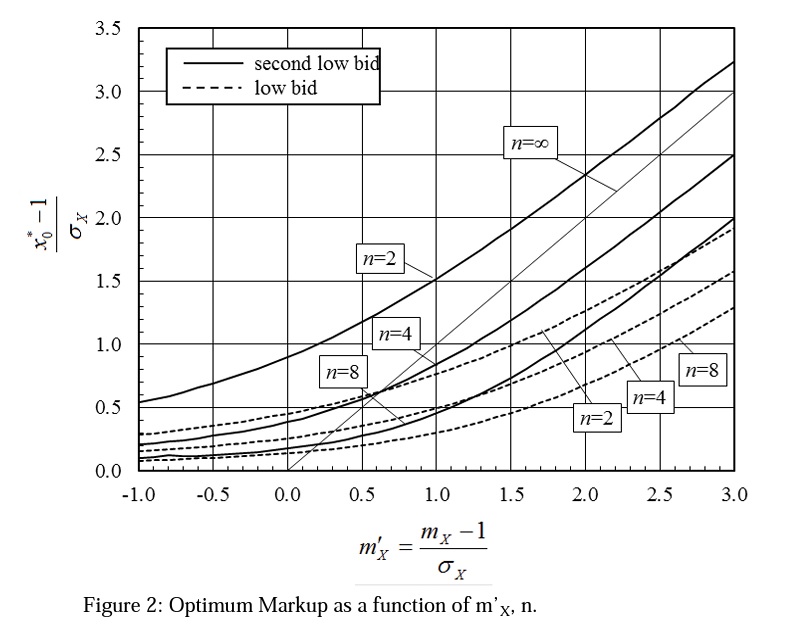Should I pick the cheapest tenderer?
< Back to InsightsWe’ve been seeing increased fluctuations in tender returns bought on by interruptions in the supply chain and resulting material and labour shortages so we’ve asked partner Khuzema Hussain to share some of his advice on what to look for when comparing costs on small construction projects:

Monday 26th September 2022
The purpose of tendering construction projects is to allow free-market competition to benefit the clients en route to awarding a contract.
We have found that on small projects – in London, let’s say £1m or less in 2022 money – contractors are willing to submit one bid only. They are just too busy to want to expend more energy repricing on jobs of this size. For this reason, we try to present clients with a cost estimate before tendering so that they can identify any cost-saving measures prior to asking contractors to submit their bids.
(For insight into why contractors might price differently, have a look at this 3-part series from BuildPartner: https://buildpartner.com/why-construction-costs-vary-part-1/)
So in effect, the goal of tendering on these kinds of projects is not to settle on the price of the construction contract. It is rather to select a contractor by using their tender return as a means of selection. Of course, there should be other criteria that influence selection such as reputation, experience, financial records, etc. But in terms of their actual returned bid, it can be taken with a pinch of salt. Once a contractor has been selected, a final negotiation can take place.
But how to evaluate these tenders in the first place? Should the greatest weight be given to the lowest bidder? With an objective for free-market competition, this might certainly seem like the obvious answer.
A typical rule of thumb amongst professionals is actually to discount the lowest bidder and focus on the second-lowest. We wanted to interrogate this further to make sure it wasn’t set in motion by some superstition or vestigial trend that no longer applies in the modern era.
Data collected by the Simplar Institute certainly supports the approach to move away from the lowest bidder. They identified that the inevitable price increases along a project journey are greatest when starting with the lowest-bidder. They state that the Best Value contractor will certainly have a higher initial price, but that the overall project cost to a client tends to come in cheaper.
See their full article here:
This study intrigued us and we dug a little deeper eventually getting to a statistical analysis of tendering entitled The Second Low Bid Method. Authors Rita Awwad & Photios Ioannou considered numerous variables and probabilities including numbers of bidders, bid-to-cost ratios, and contractor profit. Their analysis was based on the very simple premise that the lowest bidder may be presenting an unrealistic price in order to win the contract. Their derivative modelling supported the Simplar Institute’s findings, though with one key caveat: as the number bidders increase beyond a threshold, the optimum price paid by a client also increases.

Awarding contracts on small projects certainly has scalar differences between large public procurements. Nevertheless, rushing to the lowest bidder may not always be in a client’s best interest. The simple adage seems to apply: something too good to be true, usually is.
Khuzema Hussain, Partner, Collective Works
Let’s have a chat about your vision and
how we can help you realise it.
Collective Works are an architecture & design studio. Our network of professionals will create your perfect solution.